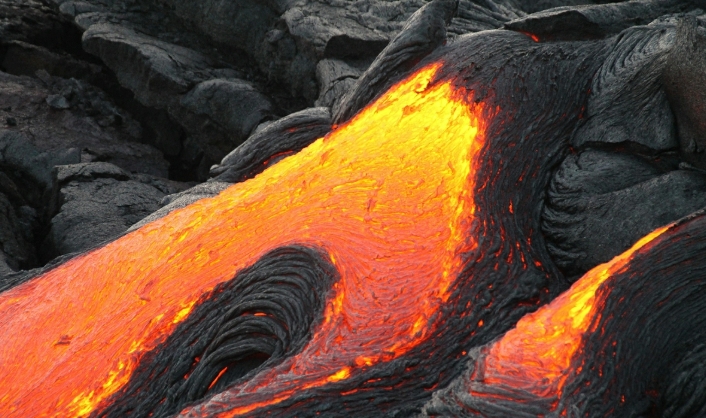Volcanoes are fascinating natural wonders that come in a variety of shapes and sizes. From symmetrical cones to rugged shields, there are many different types of volcanoes found around the world. Let’s explore the diverse shapes of these volcanic formations.
1. Stratovolcanoes
Stratovolcanoes are the classic cone-shaped volcanoes that most people picture when they think of a volcano. These tall, steep-sided mountains are built up from layers of hardened lava, ash, and other volcanic debris. Some famous stratovolcanoes include Mount Fuji in Japan and Mount St. Helens in the United States.
2. Shield Volcanoes
Shield volcanoes have a more gentle, sloping profile compared to stratovolcanoes. These volcanoes are formed by low-viscosity lava that flows easily and spreads out over a large area. Mauna Loa in Hawaii is one of the world’s largest shield volcanoes, with a broad, gently sloping shape.
3. Cinder Cones
Cinder cones are small, steep-sided volcanoes that are built up from layers of loose volcanic rock fragments called cinders. These volcanoes often have a prominent crater at the summit where eruptions occur. Paricutin in Mexico is a famous cinder cone that formed in a cornfield in 1943.
4. Lava Domes
Lava domes are rounded mounds of hardened lava that form near the vent of a volcano. These volcanic features are created by the slow extrusion of highly viscous lava, which piles up and solidifies near the vent. Mount St. Helens in the United States has a lava dome that formed after its catastrophic eruption in 1980.
5. Calderas
Calderas are large, circular depressions that form when a volcano collapses into itself after a massive eruption. These volcanic features can be several kilometers wide and are often filled with water to create crater lakes. The Yellowstone Caldera in the United States is one of the largest calderas in the world.
In conclusion, volcanoes come in a wide range of shapes and sizes, each with its own unique characteristics. Whether it’s a towering stratovolcano, a gently sloping shield volcano, or a steep-sided cinder cone, these volcanic formations are a reminder of the powerful forces at work beneath the Earth’s surface. Exploring the diverse shapes of volcanoes around the world can help us better understand the natural processes that shape our planet.

